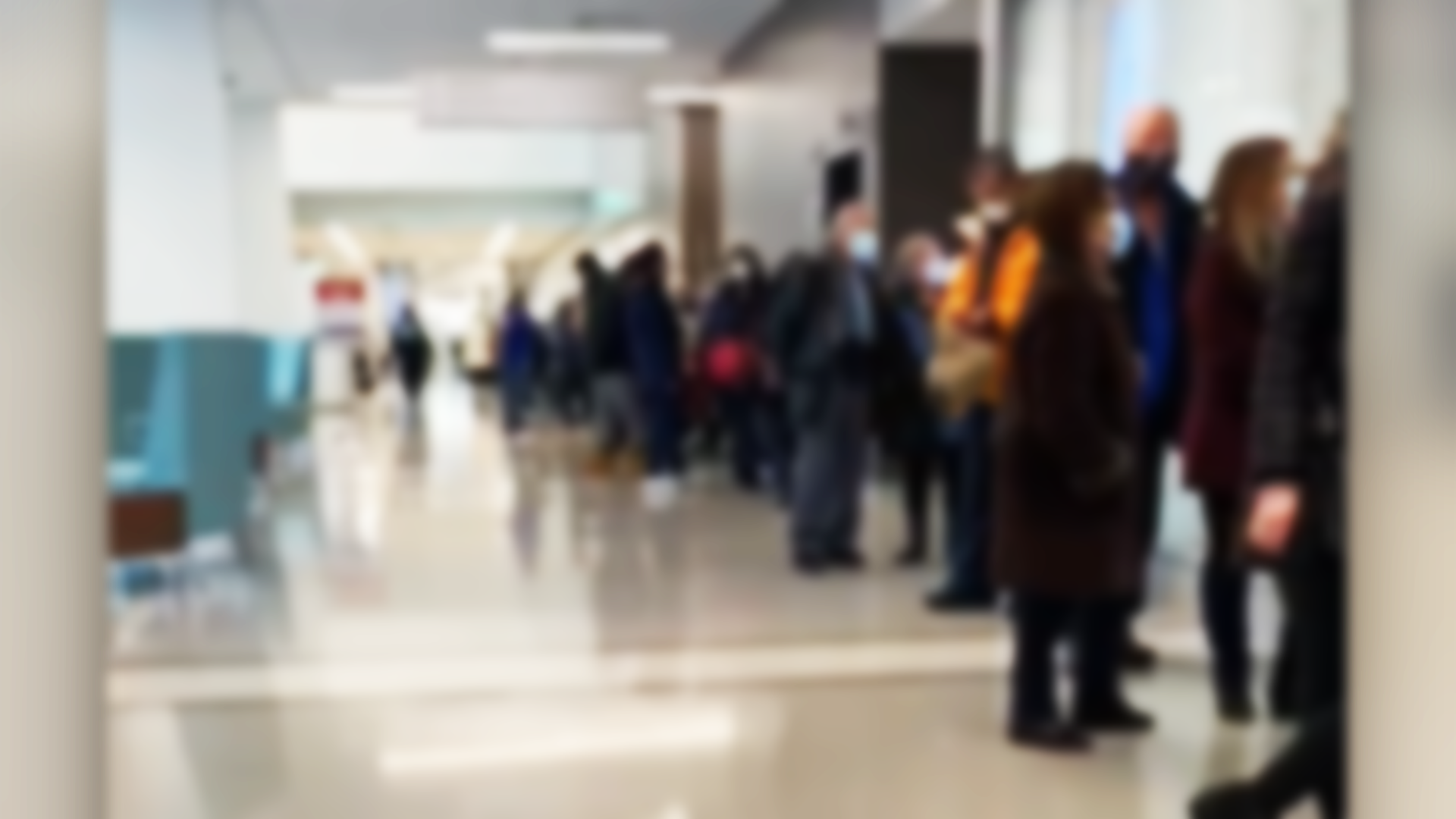Trillions of dollars in stock market value wiped out in minutes, then regained on a false rumour, then sinking again as reality set in.
It was just another day roller coaster day on the markets Monday as traders continued to react to U.S. President Donald Trump’s trade war.
There were wild swings in Toronto and New York after Asian markets plunged overnight.
In Toronto, the S&P TSX Composite Index plunged by more than 3.5 per cent in the first 10 minutes of trading, then swung into the black about a half-hour later, and was up about one per cent. By 1:30 p.m. it was back in the red, and by day’s end, it closed down 1.4 per cent — vaporizing some $57 billion in value from Canada’s main stock index.
The S&P 500 went from a 4.7 per cent drop shortly after the start of trading to a surge of 3.4 per cent, a gain that would have counted as its best day in years.
It quickly gave up all of it to revert to a drop of 1.3 per cent as of 10:30 a.m. By 1:30 p.m., it was back in the black only to finish the day down by just under a quarter of a percentage point.
At its lowest point, the S&P 500 had almost $2 trillion (U.S.) in value wiped out. The Dow Jones industrial average and NASDAQ composite also swung wildly.
Traders, portfolio managers and market strategists could only shake their heads.
“We’re all waiting for the next bit of information,” said Nate Thooft, a senior portfolio manager at Manulife Investment Management. “Literally a Truth Social tweet or an announcement of some sort about real negotiations could dramatically move this market. This is the world we live in right now.”
The loonie closed at 70.29 cents (U.S.), a drop of five one-hundredths a cent from Friday’s close.
Long-time market strategist David Prince said it’s a perilous time for investors, especially ordinary people looking to put a few dollars away for their retirement.
“You have supposed professionals still advocating this is a great time to get into the market,” said Prince, former CEO of Harbinger Capital Markets Research. “There is absolutely no proof right now that this thing is going to positively resolve itself. There’s a lot of hope, but who knows how crazy it’s going to get before there will be some sort of pushback.”
The sudden rise followed a false rumour that Trump was considering a 90-day pause on his tariffs, one that a White House account on X quickly labelled as “fake news.”
That online chatter could move trillions of dollars’ worth of investments shows how much investors are desperately hoping to see signs Trump may ease up on the tariffs’ gas pedal.
Stocks quickly turned back down, and shortly afterward Trump dug in further taking to Truth Social to announce he may hike tariffs against China after the world’s second-largest economy retaliated last week with its own set of levies on U.S. products.
“If China does not withdraw its 34% increase above their already long term trading abuses by tomorrow, April 8th, 2025, the United States will impose ADDITIONAL Tariffs on China of 50 per cent, effective April 9th,” Trump wrote. “Additionally, all talks with China concerning their requested meetings with us will be terminated!”
Lisa Kramer, a behavioural finance professor at the University of Toronto’s Rotman School of Management, said the constant barrage of alarming headlines is likely making the market swings worse.
“The fact that we are so bombarded by information in real-time really compounds the effect of a market downturn like this,” said Kramer, noting that social media wasn’t around during Black Monday in 1987.
“It used to be you would read about a crash in the newspaper the next day,” said Kramer, “but now the information is bombarding us from every social media channel, every mainstream news channel, and all of our friends are probably talking with us over the water cooler about it.”
That, said Kramer, is simply too much for most people to bear.
“I don’t think we’re really built to deal with that level of intensity. So it can compound the emotional impact and make us feel more panicked.”
Trump’s decision to move away from traditional economic consensus, combined with his penchant for unpredictability, is creating chaos in the markets, said Paul Calluzzo, a finance professor at Queen’s University’s Smith School of Business.
“It’s true for how to run a portfolio. And it’s true for how to run an economy: You don’t want emotion, intuition-driven moves,” said Calluzzo. “You want scientific-driven rules. And the science of the economy is economics.”
Instead, said Calluzzo, Trump and other top Republicans, including House Speaker Mike Johnson, are saying people should just keep the faith.
“We’re at a point where you hear Mike Johnson saying, ‘We just have to trust. We just have put our trust in the charts, and Donald Trump knows what he’s doing,’ ” said Calluzzo. “And that’s just a departure from, ‘Let’s put our trust in what academic research has taught us, what experience has taught us.’ ”
The North American sell-off came after Asian markets took a pounding.
Tokyo’s Nikkei 225 Index dropped 7.8 per cent while Hong Kong’s Hang Seng plunged more than 13 per cent, its biggest one-day drop since 1997.
In London, the FTSE 100 Index was down 4.3 per cent.
On Sunday Trump told reporters aboard Air Force One that he does not want markets to fall.
But he also said he wasn’t concerned about a sell-off.
“Sometimes you have to take medicine to fix something.”
With files from Star wire services and Nathan Bawaan.



